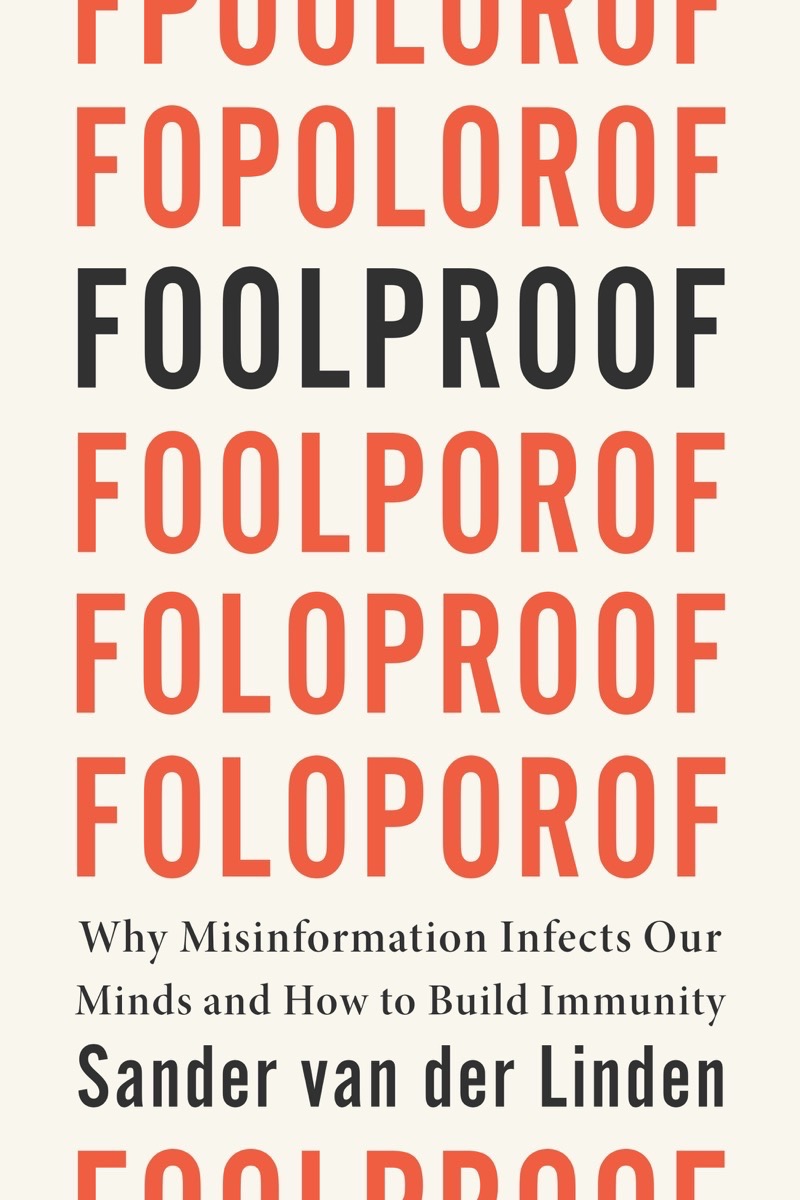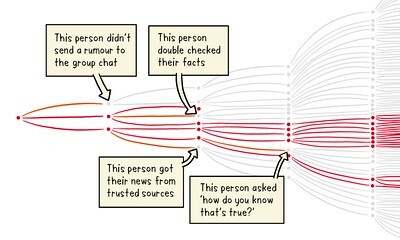What do you think?
Rate this book


368 pages, ebook
First published February 16, 2023
‘[Researchers] exposed people to a fake Disneyland pamphlet entitled, 'It's time to remember the magic? The point was to activate childhood memories of a visit to Disney-land. However, there was something odd about the pamphlet: it featured a message from Bugs Bunny - a Warner Brothers cartoon character that couldn't possibly have been present at Disneyland. After exposure to the ad, about 25 to 35 percent of participants claimed to have met Bugs Bunny at Disneyland. People offered up specific details too; about 60 per cent of those who claimed to have met Bugs remembered they hugged him, and one individual even recalled Bugs holding a carrot.’






